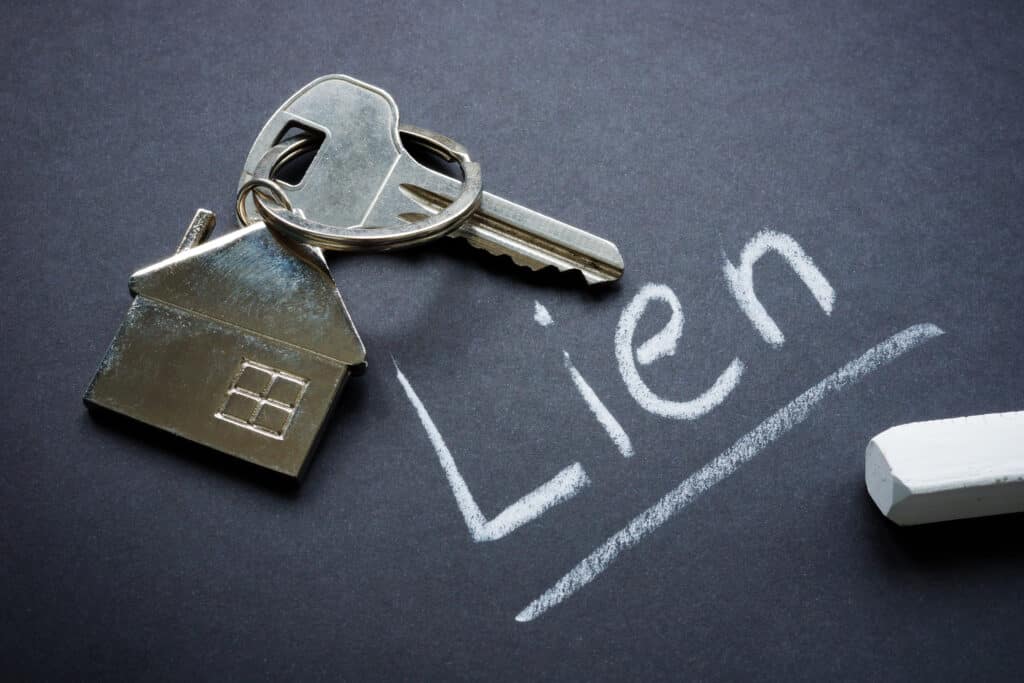4 Ways to Remove Federal Tax Liens

Tax liens are more than just a hassle – they’re a serious threat that can disrupt your life and finances. Imagine waking up one day to find that the government has placed a legal claim on your property or assets because of unpaid taxes. Your home, bank account, vehicle, and future properties could all be at risk. Once in place, you’re blocked from accessing and selling these assets.
Worse, tax liens don’t just sit quietly in the background. While they may not directly impact your credit score, they appear in public records. Potential creditors can see them, which makes it harder for you to secure loans when needed.
But wait, it gets scarier.
Ignoring a tax lien can lead to even more severe consequences – a tax levy. It means the government will seize your property or assets to settle your tax debt.
Fortunately, there’s a way out.
Here, we’ll explain how to remove a lien attached to your property.
Getting Rid of IRS Tax Liens
If you owe a significant debt to the IRS, take action before it places a lien on your property. Preventing a lien takes less effort than removing one. However, if it’s already in place, you have options to eliminate it.
Removing a lien lets you sell your property, helps you secure a loan, and, most importantly, prevents a levy.
Here are four workarounds for getting rid of a tax lien:
- Withdrawal of Lien
You can request a withdrawal when you fully pay off your tax debt or agree to a payment plan. This option wipes the lien from public records as if it never existed. However, it doesn’t eliminate your obligation to pay off your debt.
The IRS only grants this request under certain circumstances. For example, if they incorrectly filed the lien, you agreed to an installment plan without a lien provision, your debt is $25,000 or less, and you’re on a Direct Debit Installment Agreement, removing the lien accelerates your tax payment, or if it mutually benefits both you and the government.
- Release of Lien
The IRS automatically releases a tax lien, typically within 30 days after you’ve paid off your debt. A release means the IRS acknowledges that you’ve fulfilled your tax obligations and formally removes the lien from your property or assets. Unlike withdrawal, it doesn’t erase the lien on public records. However, you can write a request to the IRS to have it withdrawn.
- Discharge of Lien
This option is for you if you need to sell a property with a tax lien attached. Discharging a lien means the IRS agrees to remove the lien from the specific property. The IRS typically agrees to this request if it helps them collect taxes. If it doesn’t benefit them directly, they may still approve it if it improves your financial situation and makes it easier for you to pay taxes later.
- Subordination of Lien
This option doesn’t remove the lien entirely but changes the order of priority among creditors. It means that the IRS allows other creditors to move ahead of them. It can be beneficial when you need to obtain financing or a loan. The IRS often approves this if it helps them collect taxes.
Get Help with a Tax Lien
Dealing with the IRS alone when you have a tax lien in place can be complicated. Working with tax resolution professionals can make the process easier and less stressful. We understand the ins and outs of tax law and can help you explore the best option for removing the lien according to your circumstances.
For assistance, contact Peace of Mind Tax Help at 775-245-4357 for a free 15-minute, no-obligation consultation.
